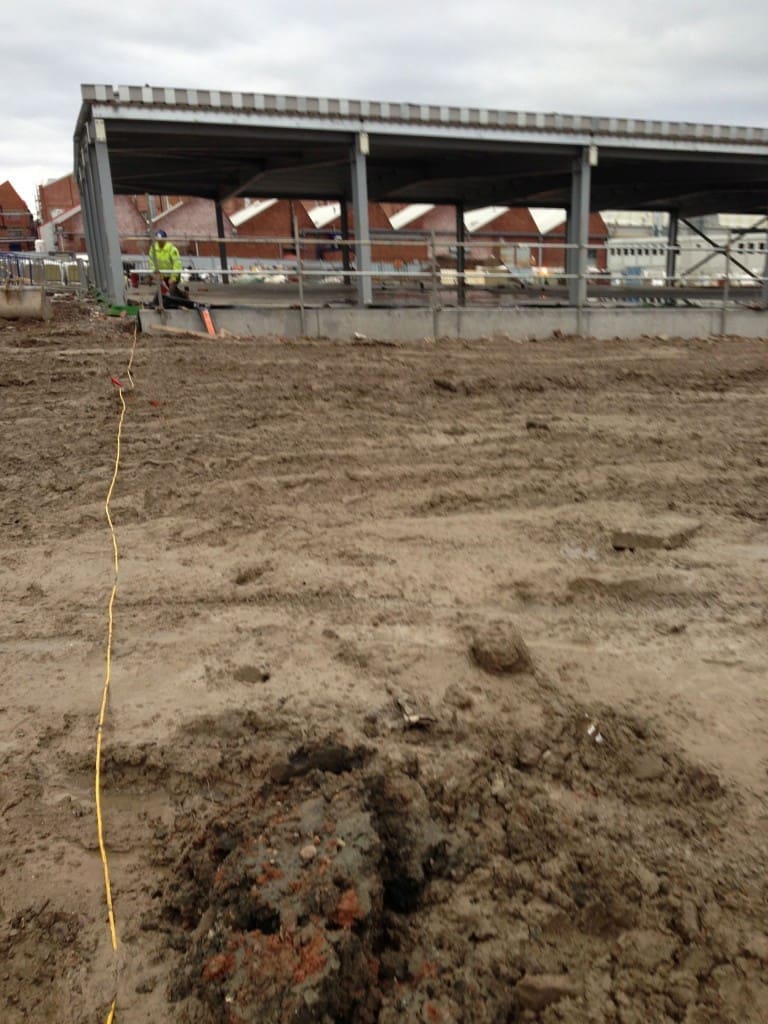Soil Resistivity Testing Background Noise 10 Common Mistakes
This is a series of short posts on Soil Resistivity Testing Background Noise and the common mistakes encountered, with practical advice on how to avoid 10 Common Mistakes.
Soil Resistivity Testing Background Noise – Due to nearby sources of 50 Hz (or 60 Hz) current and its harmonics, electrical noises at these frequencies is expected in the measurements, particularly for the larger electrode spacings.
Soil resistivity readings can be inaccurate due to the interference of background noise with the measurement signal. This can result in readings that are significantly higher than the true values. To overcome this problem, it is important to use equipment that operates at a signal frequency other than 50 Hz and its harmonics.
Such equipment should also have efficient filtering capabilities to distinguish between the signal and the background noise. When testing for large pin spacings or high resistivity surface materials, it is crucial to use a soil resistivity tester that has sufficient signal output and filtering capabilities.



